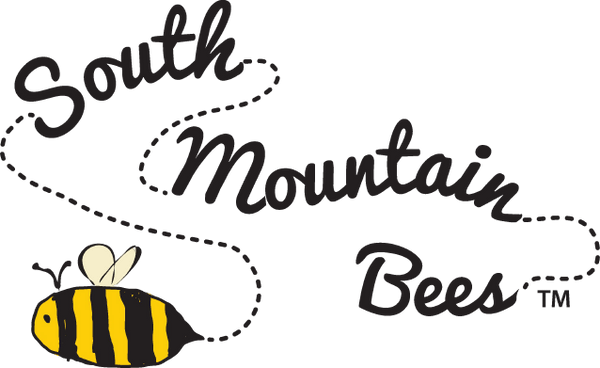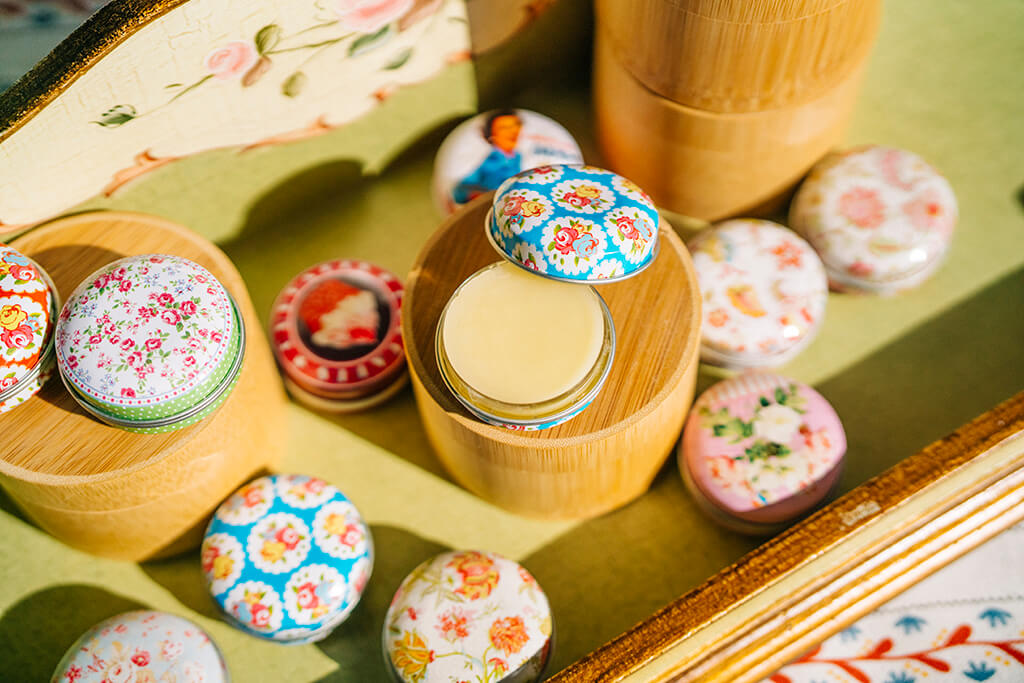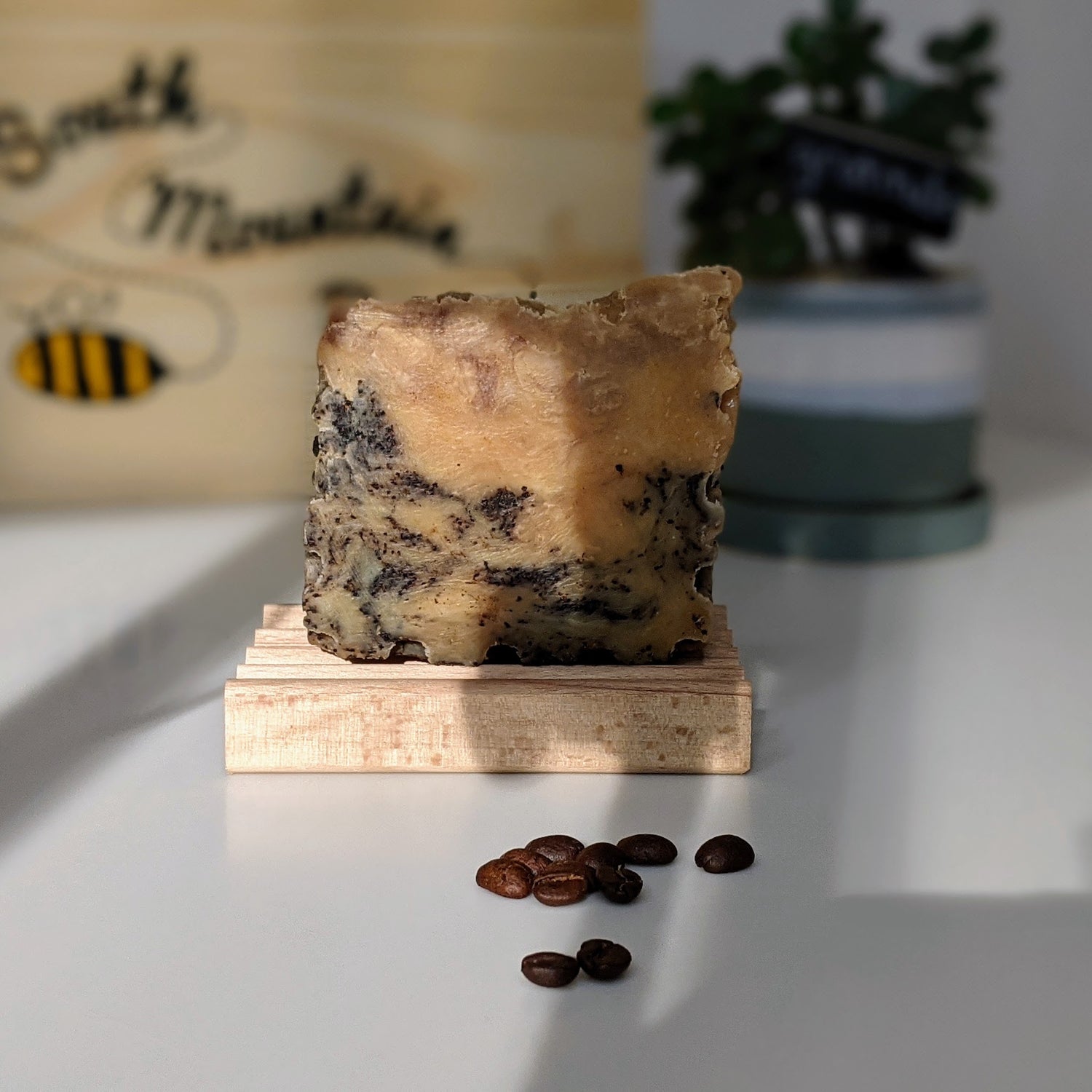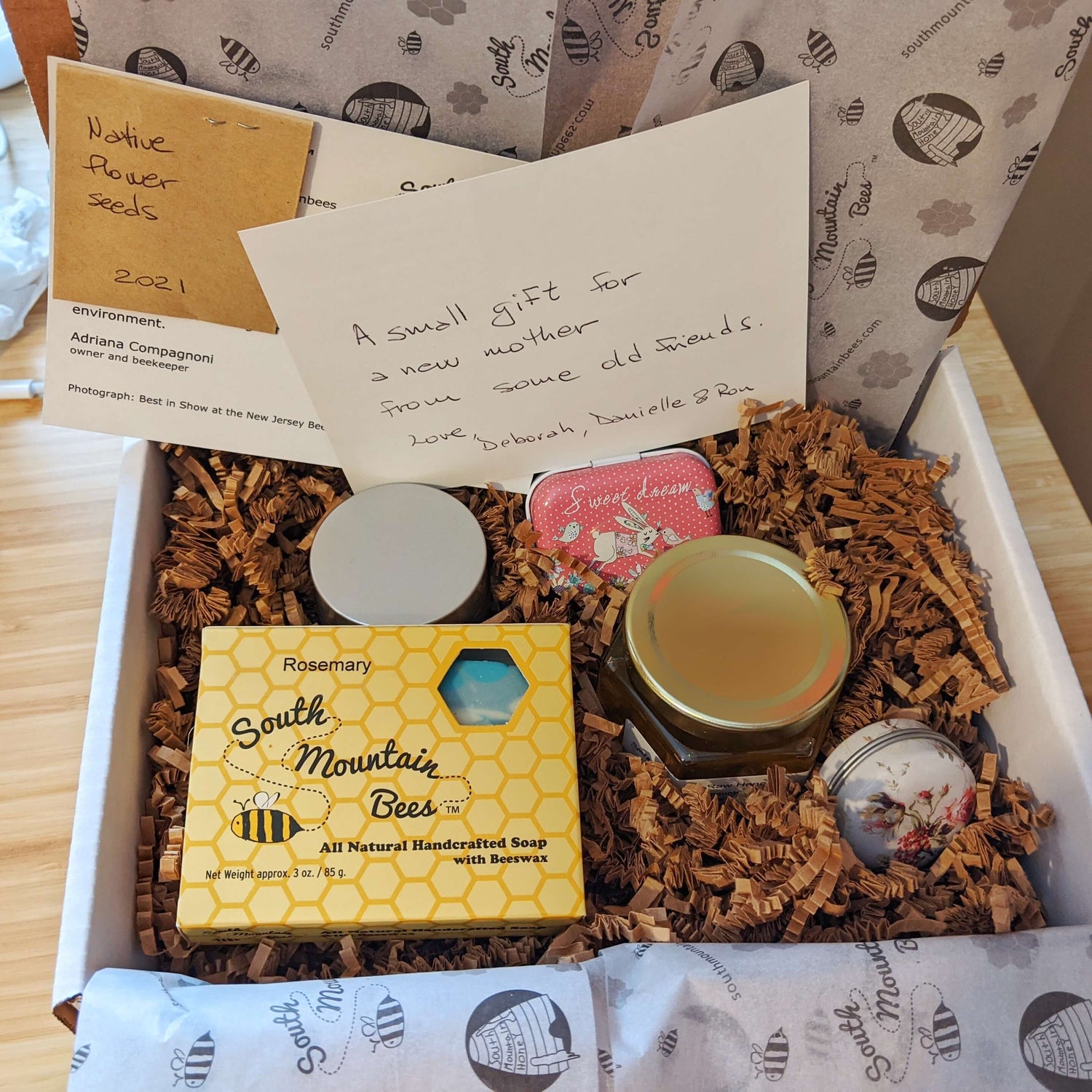Did you ever visit a botanical garden and wondered how they manage that endless display of flowers when there are only dormant plants and drying leaves in your garden? They are masters at keeping the garden interesting all year long. They serve a feast for the bees from the early snowdrops to the latest calendula.
What flowers can I plant to attract more bees?
Here’s a great list to start with:
- Allium
- Aster
- Black-eyed Susan
- Blue Lobelia
- California Blue Bell
- Chinese Houses
- Coneflower
- Coreopsis
- Crocus
- Daffodil
- Glory-of-the-snow
- Goldenrod
- Lacy Phacelia
- Lemon Balm
- Mexican Hat
- Mist Flower
- Palmer’s Penstemon
- Perennial Lupine
- Primrose
- Sage
- Snowdrops
-
Sweet Pepperbush
When the days get longer and we are eager for the last snow to melt, people start asking what to plant to help the bees.
Did You Know You Can Use Native Plants And Have A Beautiful Garden?
Including the right plants in your landscape is the easiest way to help the bees, and planting native species not only supports the honeybee by providing honey and nectar but also supports native beneficial insects. Beneficial insects depend on the plant where they lay their eggs. The plants where the eggs hatch provides their first meal, supporting the earliest stages of their life. Those special plants are called "host plants". Some species of insects are very selective about where they lay their eggs, like the Monarch butterfly who'll only lay eggs on milkweed, because that's all their larva will eat.
Want to plant flowers that bees love? Read on
The list at the top provides a great starting point. It has a combination of flowering bulbs and plants, and many of them are native to the US.

Adding natives to your yard doesn’t mean that it will look like an abandoned lot. In fact many of the invasive weeds you see in unkept spaces are not natives, like Japanese knotweed, garlic mustard, or barberry. Coreopsis is a beautiful option. It blooms for a long period, is drought-tolerant, it gets very few pests, and it comes in different shapes, colors, and sizes. They look great in the garden, even in pots.
Which plants produce pollen and nectar?
Like us, bees need a balanced diet of starch and protein, and in bee nutrition terms that means nectar and pollen. Pollen is a source of protein, and nectar is starch. It's like meat and potatoes.
Some plants are a good source of pollen, and others are a good source of nectar, but did you know that coreopsis is a great source of both pollen AND nectar?
Which Flowers Attract Butterflies?

Coneflowers are a magnet for pollinators, and they also have a long blooming season right at the hottest time of the summer. Did you know that Tiger Swallowtail butterflies love coneflowers?
Have you heard of the Arachne Checkerspot or the Variable Checkerspot? They are beautiful spotted butterflies that use Palmer's Penstemon as a host plant.
Did you know that you can even help endangered species with these seeds?
The federally endangered Karner Blue butterfly relies on Perennial Lupine as a host plant for their larva.
Remember that pollinators need food from March to November, and while there's plenty of nectar and pollen in the spring and early summer, there's a lot less available in late summer and during fall.

Black-eyed Susan is also a great choice for a summer blooming plant that supports pollinators.
Did you know that some flies look like bees?
Did you notice the insect on the flower? Do you think it is a bee? Don’t worry, many people do. It is not a bee, it is a fly. It's called hoverfly, also known as flower fly. Second only to bees, flies are the most important pollinators, according to Connie Schmotzer, Penn State Extension educator and Master Gardening Program coordinator. Some flies are parasitic, and besides being beneficial pollinators, they help get rid of garden pests.

Sweet pepperbush is a great addition to the garden. It’s sweet smell is delicious, and it starts blooming when the summer dearth hits. Swallowtail butterflies love them.
I discovered Great Blue Lobelia a couple of years ago, when Seth Boyden Elementary School had a plant sale. I bought two plants, and they keep coming back. Don't you love perennials? You do the work once, and they thank you every year coming back.
The butterflies absolutely love them, and they bloom for the longest time starting in late Summer all the way through the Fall, when not much else is blooming. That's another good reason to love a plant!
What tree to plant?

If you have the space for an ornamental tree, consider planting an Eastern Redbud. You'll be the envy of the block, when all the cherry blossom fades and your redbud explodes with magenta buds.
Plants for Year-round Bee Forage
Here’s some great news for all of you enthusiastic gardeners!
We managed to secure a mix of US native flower seeds that will help support our pollinators starting this spring and going all the way through the fall.
There’s so much goodness to unfold in this pack of seeds!
The Best Flowers For Honeybees:
These bee-friendly flowers are in the seed mix.
- Chinese Houses
- Lance-leaved Coreopsis Tall
- Plains Coreopsis
- Purple Coneflower
- Yellow Lupine
- Perennial Lupine
- Arroyo Lupine
- Palmer's Penstemon
- Rocky Mountain Penstemon
- California Blue Bell
- Lacy Phacelia
- Yellow Prairie Coneflower
- Mexican Hat
- Clasping Coneflower
- Black-eyed Susan
Planting A Bee Friendly Garden
These seeds are ready to be planted!
Here's the easiest way of doing it. No digging. No weeding. Take one of those cardboard boxes from all that recent online shopping, or even better, from the last CSA delivery.
Where should I plant my seeds?
- Choose a couple square feet where you want to grow your pollinator station.
How should I prepare the area for planting?
- Cover the area with leaves if you still have some around; shredded paper works too. No need to clean up the weeds, just cover them. Disassemble the box and place the cardboard right on top of the leaves, if you used some, or directly on top of the weeds, where you want to grow your pollinator corner.
- Lay about an inch of garden soil on top of the cardboard.
How do I plant the seeds?
- Scatter the seeds and pat them onto the soil.
- Cover with about an eighth of an inch of soil. If the seeds are too deep, they won't sprout.
- Pat again.
- Water lightly. It's best to use a spray bottle and sprinkle water on it. Don't let it dry out.
What else can I do for my pollinator garden?
- Mark the area with a pretty sign to remember what's there. A popsicle stick usually works, but there are metal and wooden signs too.
- Done.
Remember, with every order you place, you get a free package of these wonderful native flower seeds to get a head start on helping the bees (while supplies last).
Next time you visit the botanical gardens you'll smile knowing that your garden now has more flowers to support the bees.
Head over to our store and join us in helping save the bees!




